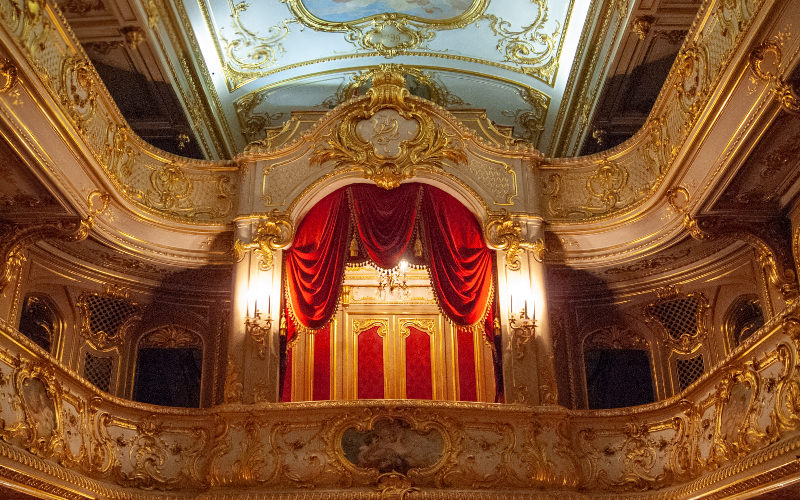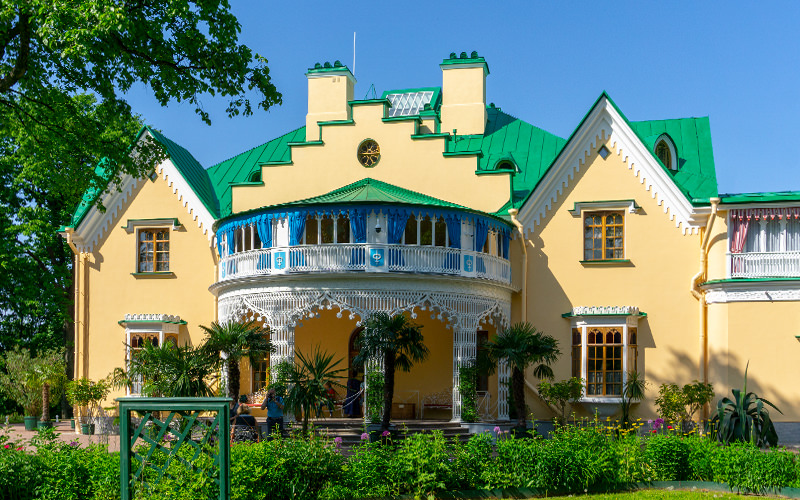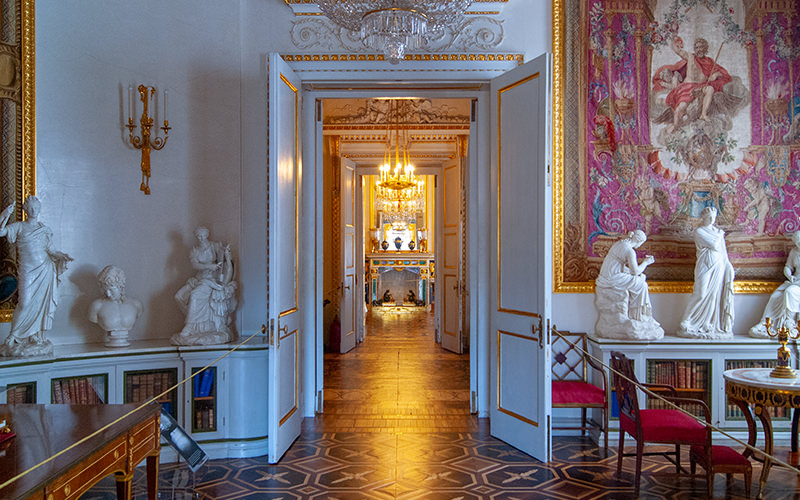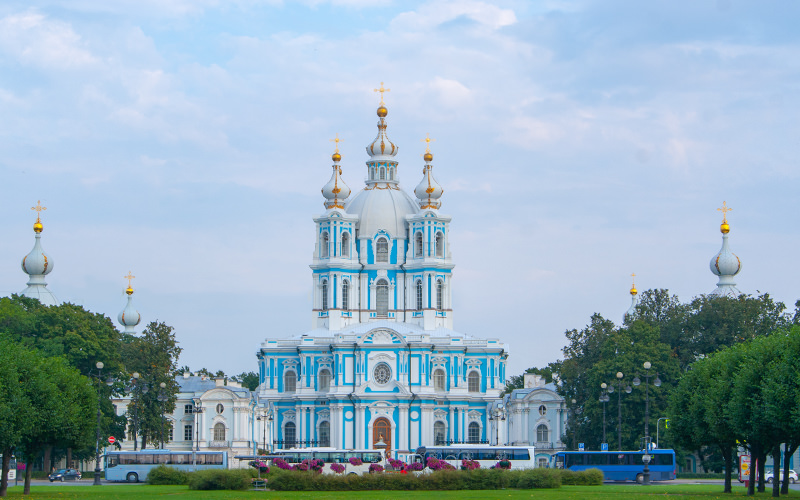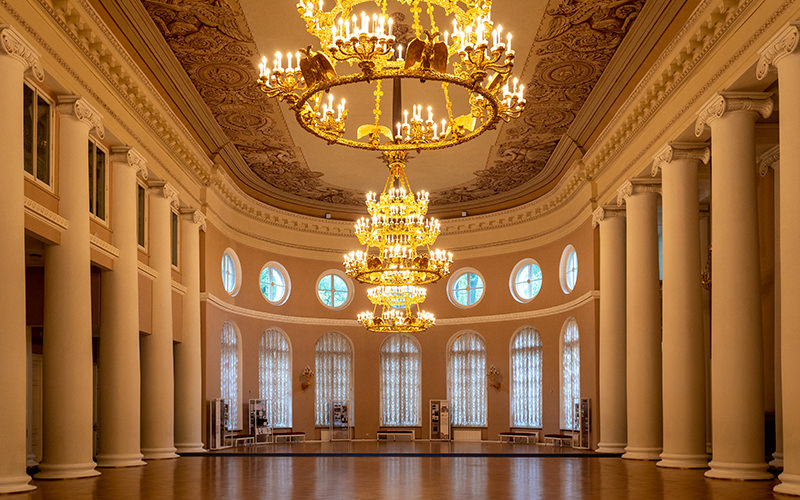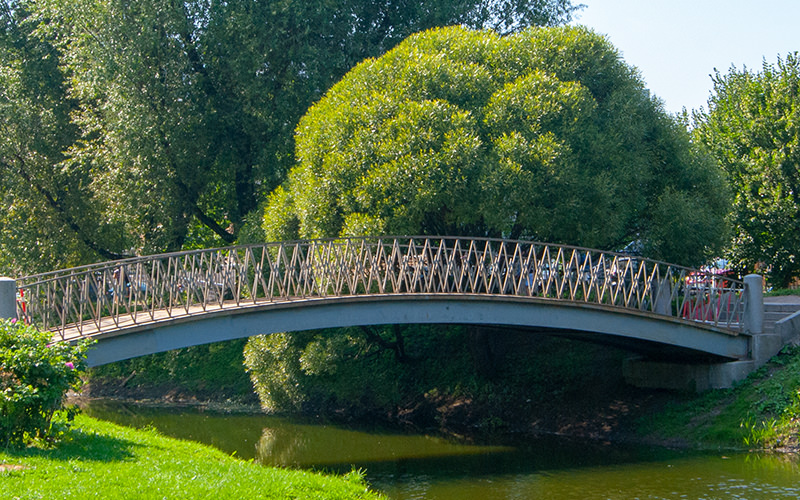In the northeastern part of St. Petersburg, in one of its residential districts, lies an interesting historical landmark—the "Zhernovka" estate. Its main house is usually closed to the public, and tours are infrequent, so as soon as I had the opportunity to look inside, I immediately went on a walk through the former mansion to show you its interiors.
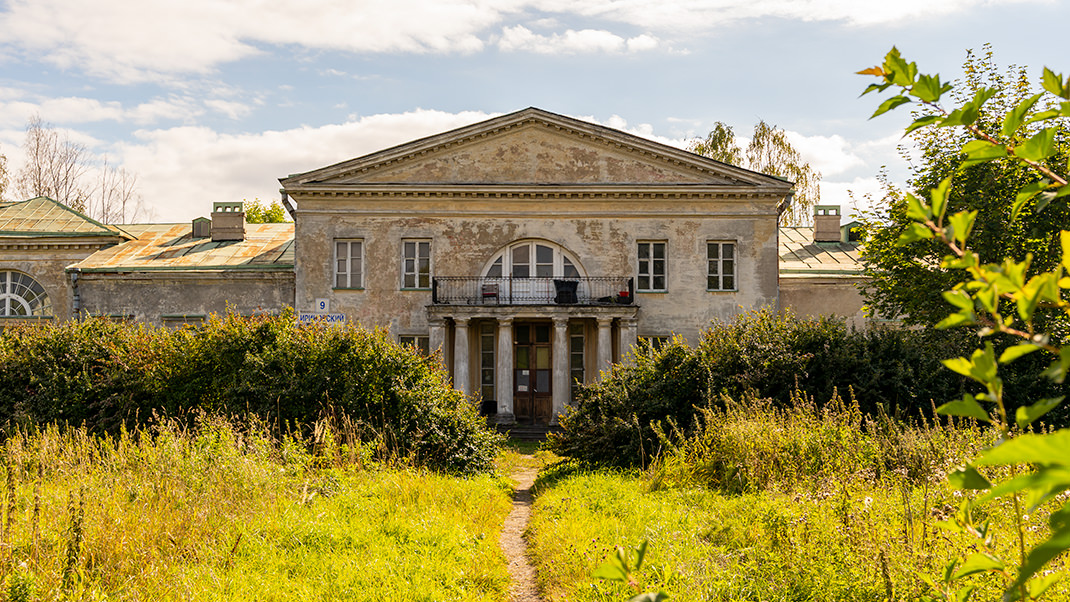
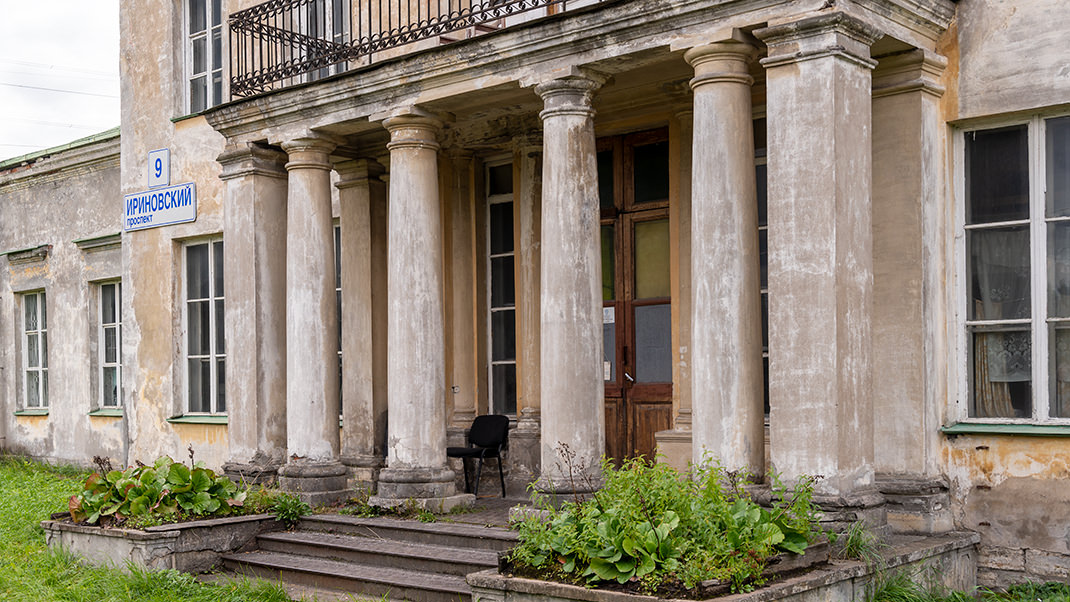
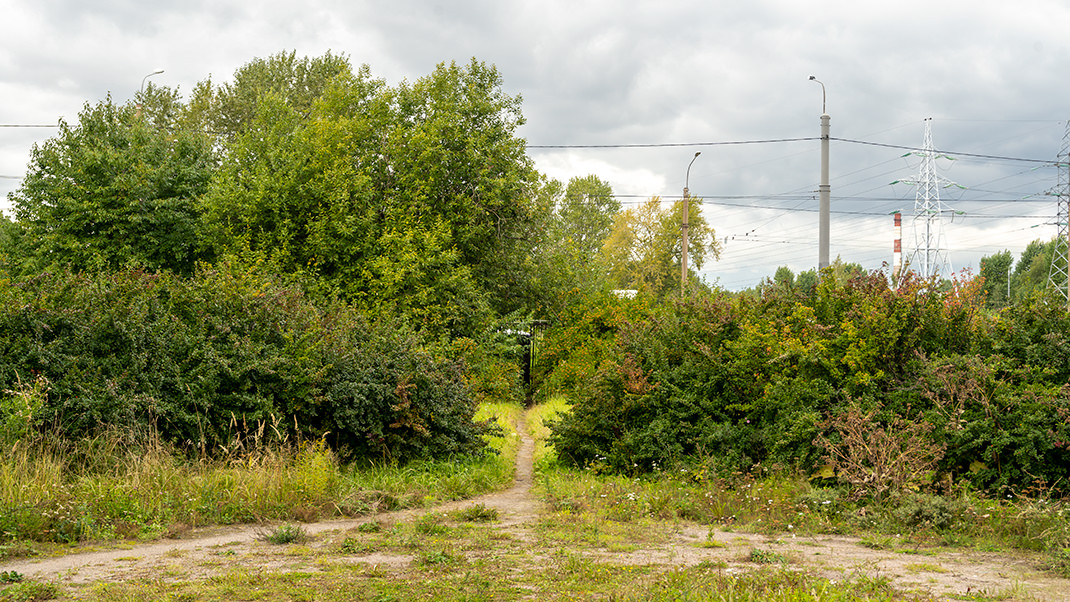
How to Join a Tour
Many St. Petersburg residents are probably already familiar with the "Open City" project, which allows access to closed mansions. It’s free, and all you need to join a tour of the city’s fascinating landmarks is a passport and a bit of luck, as spots fill up quickly. You can choose a landmark and sign up on the project’s website.
If you're not aiming to see the interiors of the mansion, you can visit the estate to walk through the small garden and view the main building from the outside. Despite the busy road nearby, the estate is separated from it by greenery, making it a comfortable place to be. The estate's address is Irinovsky Avenue, 9.
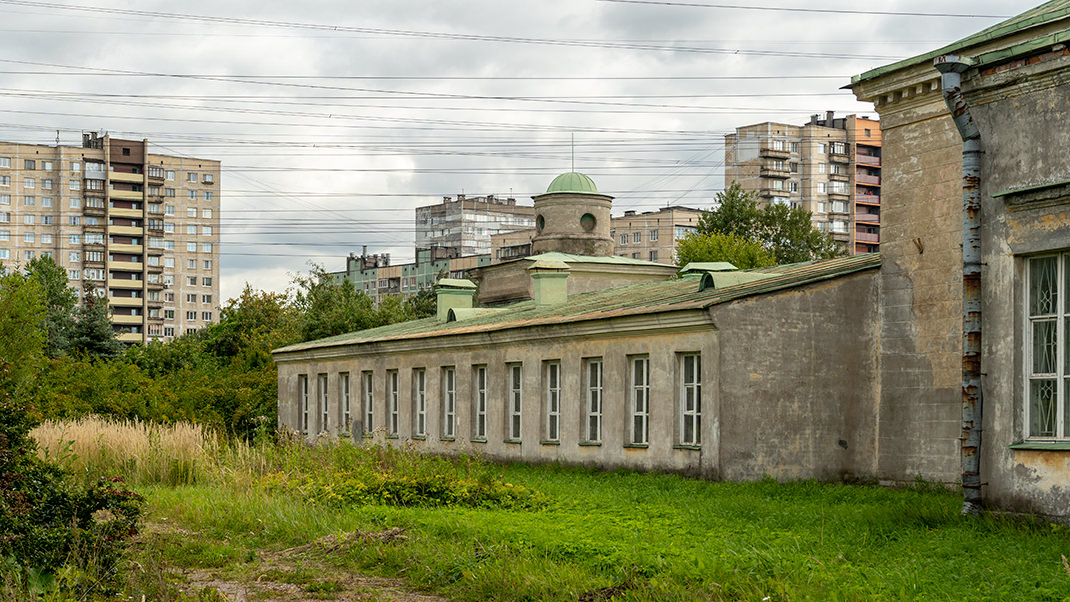
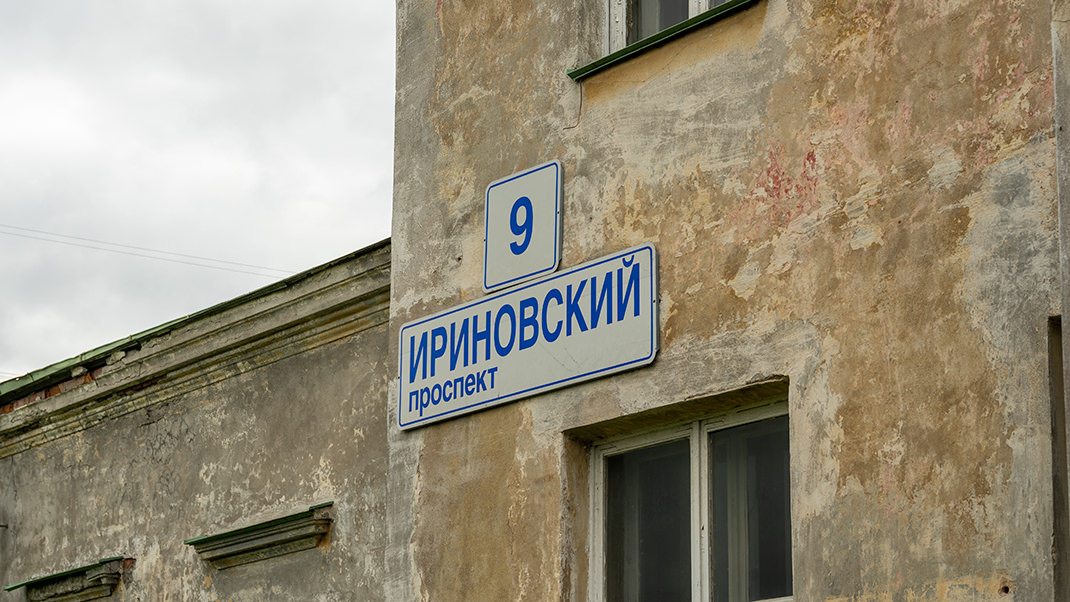
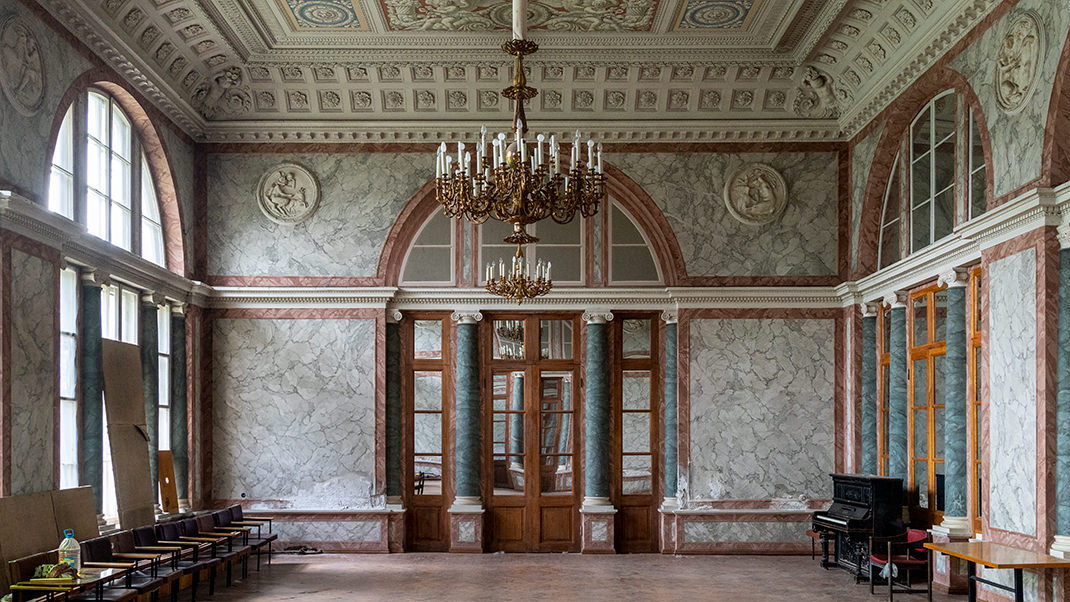
A Bit of History
Over its long history, the estate has changed many owners and names. It was known as Gavrilovka, Ekaterininskoye, and Buturlin's Estate. Among the landowners in the 18th century were Peter I's associate I. I. Buturlin, Senate Prosecutor F. I. Soymonov, and actual secret advisor A. G. Zherebtsov. In the city’s cultural heritage registry, the former estate is listed as "Bezborodov's Estate 'Zhernovka'." The Bezborodovs were among the estate’s owners, and the name "Zhernovka" comes from a nearby river that flows into the Okhta River.
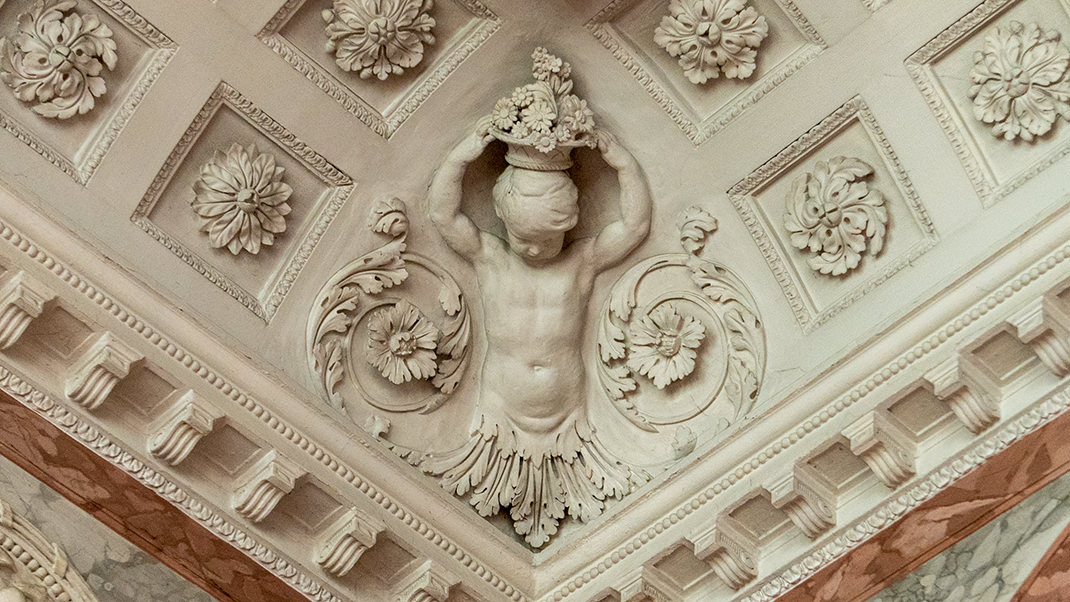
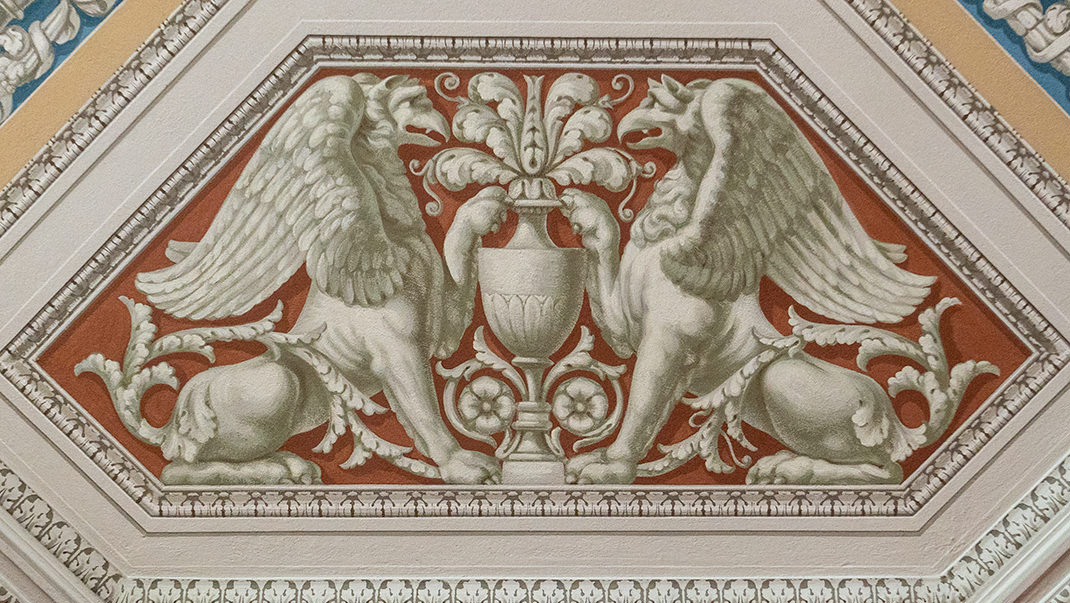
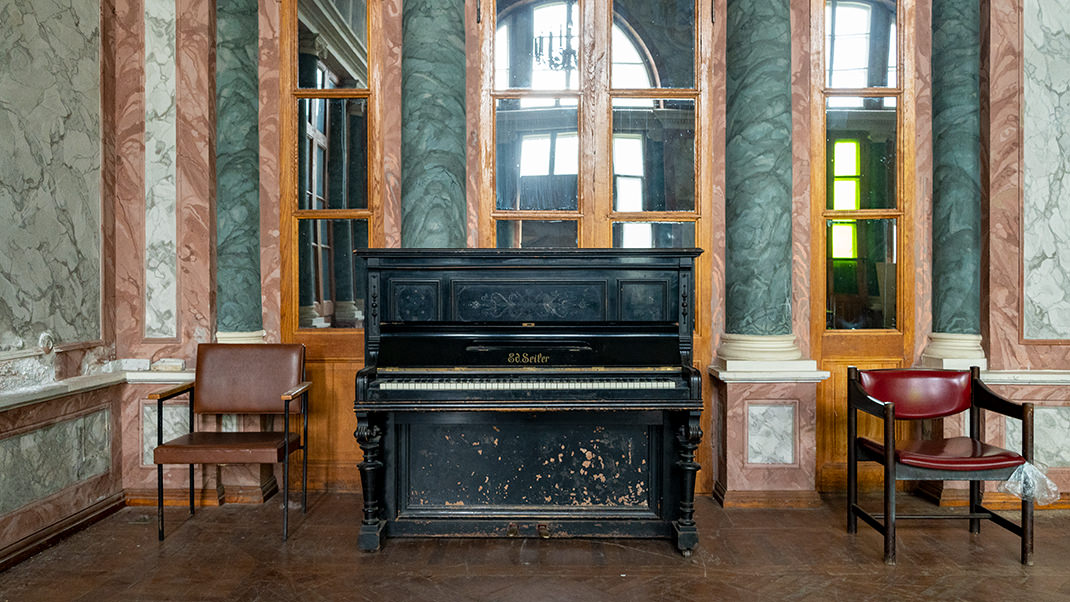
Although the history of the estate dates back to the time of Peter the Great, the main house we see today was built much later, at the end of the 18th century. At that time, the estate was owned by the Donaur family. The architect behind the building was the renowned Giacomo Quarenghi, famous for designing the Alexander Palace, the Academy of Sciences building, and the Smolny Institute.
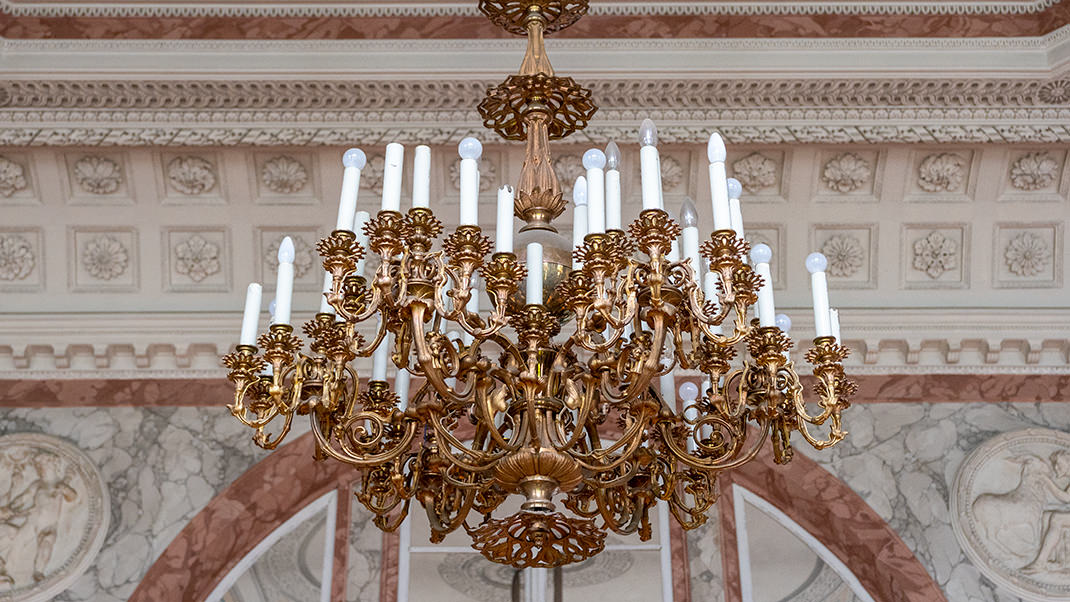
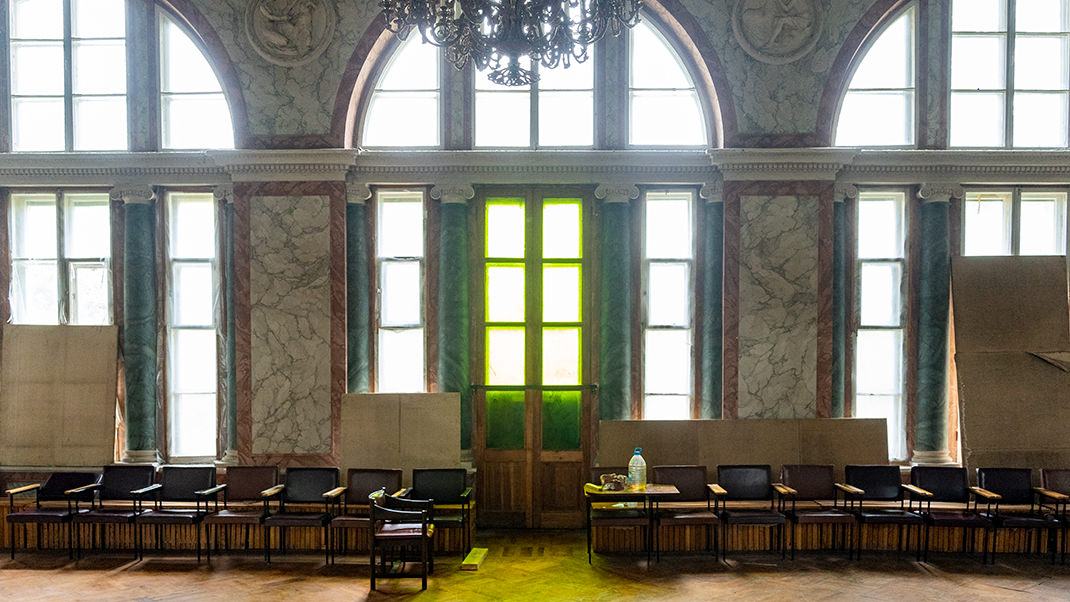
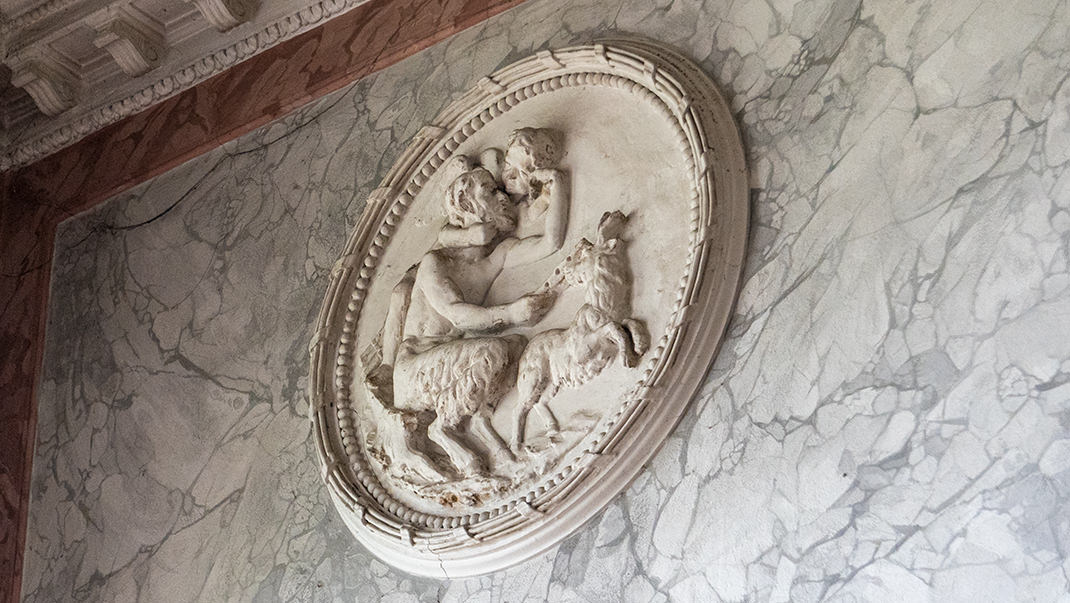
In the following years, "Zhernovka" changed hands again. In the 19th century, it was owned by E. K. Sivers, S. V. Kramer, E. A. Sukhazanet, and the Bezborodov family mentioned earlier. The latter rented the estate out and rarely visited. Later, the property was seized by a bank due to unpaid debts.
In addition to the main house, the estate’s grounds featured many other buildings: greenhouses, a cherry orchard, a dock, and various stone and wooden structures. Behind the mansion was a large English-style landscape park with a pond.
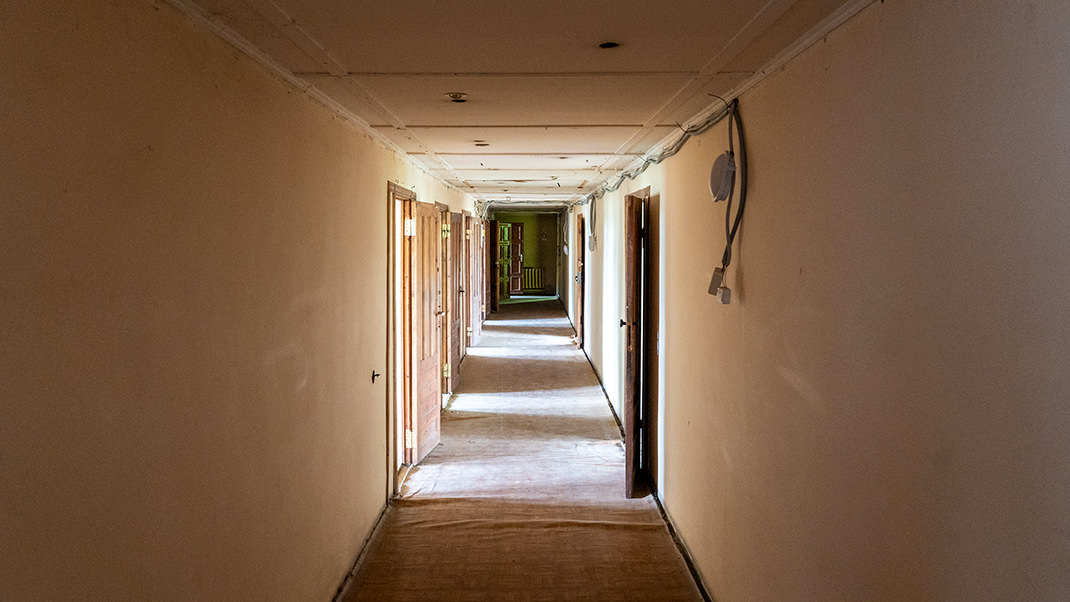
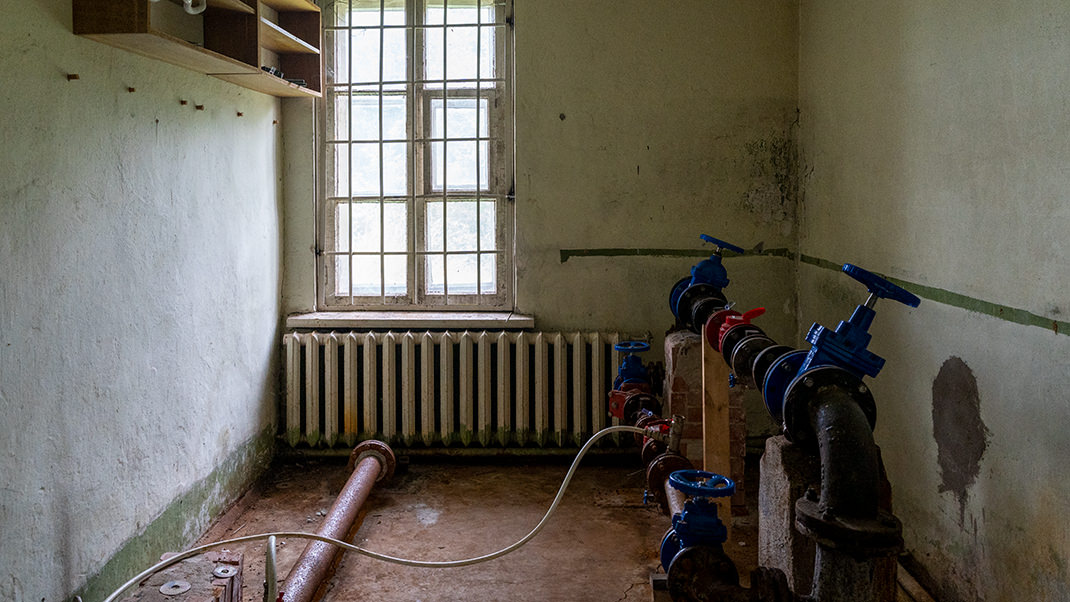
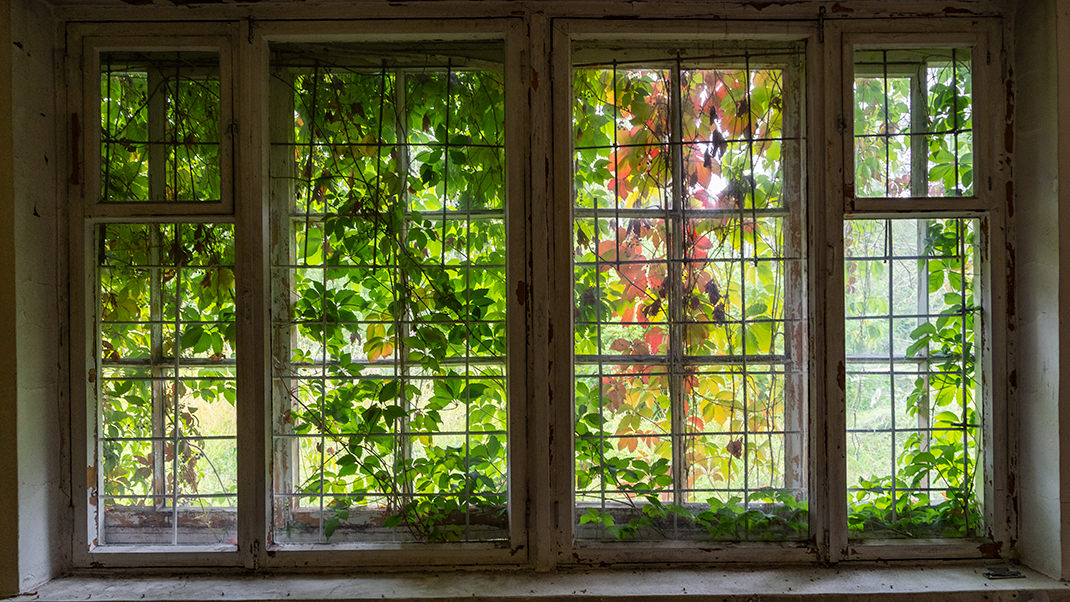
After my walk around the estate, I took quite a few photos, so I decided to split my account of this landmark into two parts. In the next article, I will talk about the post-revolutionary fate of the mansion and show other rooms inside.
Have a nice trip!


